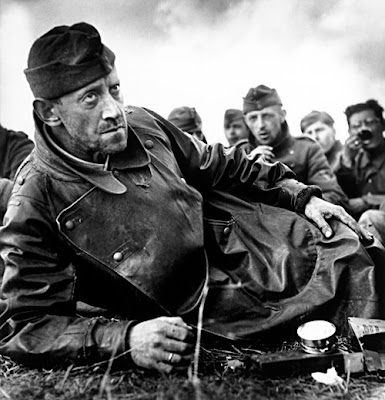I tend to blog-stalk a lot of other photographers. Not necessarily just Des Moines based photographers but people located all over this great country. I’ve seen a trend lately that I wanted to address. It may be of little significance to some of you but this is something that’s been weighing on my mind and I have got to get it out.
The topic is gear. Cameras, lenses, flashes, reflectors, strobes, gels, fong dongs, whale tails, photoshop, lightroom and everything else that we use to create a photograph. These are all simply tools to help us accomplish what we want to do. Don’t get me wrong, I’m the biggest gear head you’ll find. But I want to be crystal clear on this: photography equipment does not represent you OR your style. You, and you alone dictate that. I’ve seen several posts of photographers seemingly screaming at the top of their lungs, “Look what I have!”. Why? What does this accomplish?
My question is this:
If I was a painter, sculpter or even a musician, would I be capable of convincing someone to pay me a commission soley based on the expensive brushes, chisels or violins I owned?
I don’t believe so. Equipment is equipment. It isn’t a trophy or a way to gauge success. Use it as it was intended.
I want to leave this post on a positive note and share some of my favorite photographers from the past.
George Hurrell:
Admired for some of the most beautiful studio portrait work in Hollywood. He worked for MGM and gave numerous stars of the 40’s and 50’s a sort of immortality with the imagery he captured. Uncoated lenses, various large format cameras and hot lights were part of the recipe that went into creating his imagery. A single Hurrell negative (depending on who the subject was) can start at $3,000 at auction.

Robert Capa

Armed with a Contax II and a 50mm lens he made his way into Life magazine and delivered some of the most startling imagery of World War II. He was on the beaches photographing during D-Day. He had captured some 100+ frames from that invasion but a mistake was made in the dark room by a Life employee and melted his film in a dryer. Only 11 frames turned out. Quite the tragedy. Robert died with a camera in his hand after stepping on a land mine in 1954 during the first Indochina war.


Garry Winogrand

Roaming the streets of New York with his 35mm Leica, Garry captured so much of the life that surrounded him. When I think of the term “street photography” he is one of few that come to mind. When Garry passed away in 1984 he left behind 300,000 unedited photographs and more than 2,500 undeveloped rolls of film.


Whether it’s an old beat up M4 Leica or a new 60 megapixel Hasselblad H4, it does not matter. It’s your eye that creates before the shutter button is even pressed.



4 comments